Table of Contents
Introduction
The best spices for roasted vegetables include paprika (especially smoked for depth), cumin for earthiness, turmeric for vibrant color, oregano for Mediterranean flair, garlic powder for savory notes, thyme for herbal sweetness, rosemary for hearty vegetables, and chili powder for heat. These spices transform simple produce into gourmet dishes by enhancing natural flavors and creating complex taste profiles.
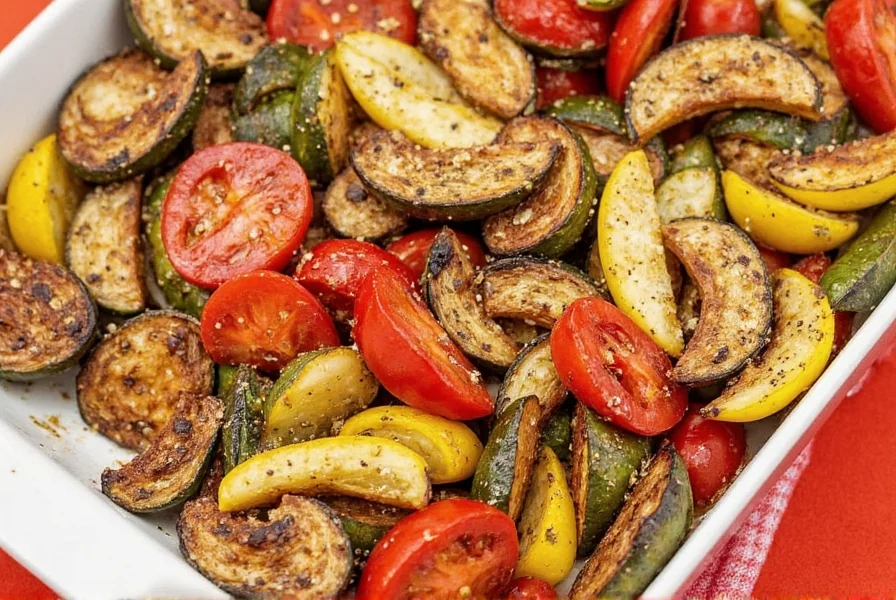
Top 8 Spices for Roasted Vegetables
Each spice brings unique qualities to roasted vegetables. Here's how to use them effectively:
- Paprika: Mild sweetness with smoky depth (use smoked paprika for root vegetables like potatoes and carrots)
- Cumin: Nutty, earthy flavor that pairs perfectly with squash, bell peppers, and sweet potatoes
- Turmeric: Vibrant golden hue with subtle bitterness ideal for cauliflower and broccoli
- Oregano: Savory Mediterranean herb that complements tomatoes, eggplant, and zucchini
- Garlic Powder: Convenient savory boost for onions, mushrooms, and bell peppers
- Thyme: Delicate herbal notes that enhance potatoes, carrots, and parsnips
- Rosemary: Strong piney flavor best used sparingly with potatoes, beets, and turnips
- Chili Powder: Spicy kick that works well with corn, sweet potatoes, and green beans
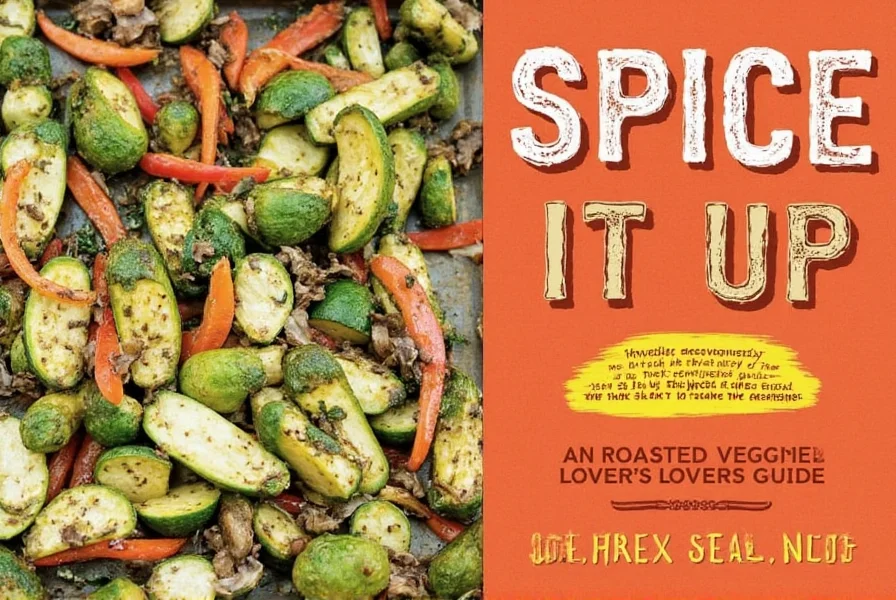
Vegetable-Specific Spice Pairings
| Vegetable Type | Best Spices | Why It Works |
|---|---|---|
| Root Vegetables (Carrots, Potatoes, Beets) |
Smoked paprika, rosemary, thyme | Warm spices complement natural sweetness and earthy flavors |
| Cruciferous Vegetables (Broccoli, Cauliflower) |
Turmeric, cumin, garlic powder | Earthy spices balance bitterness and add depth |
| Squash & Bell Peppers | Cumin, chili powder, oregano | Spicy and savory notes enhance natural sweetness |
| Summer Vegetables (Zucchini, Eggplant) |
Oregano, basil, red pepper flakes | Herbal and fresh flavors prevent overpowering delicate textures |
| Sweet Vegetables (Sweet Potatoes, Butternut Squash) |
Cinnamon, nutmeg, allspice | Warm baking spices highlight natural sugars |
Pro Tips for Perfect Seasoning
- Oil first, spices second: Coat vegetables with 1-2 tbsp oil before adding spices to prevent burning and ensure even distribution
- Measure precisely: Start with 1/2 tsp dried spices per pound of vegetables, adjusting after roasting
- Layer flavors: Combine 2-3 complementary spices (e.g., smoked paprika + thyme for potatoes)
- Timing matters: Add dried spices before roasting, fresh herbs and acid (lemon juice) after cooking
- Temperature control: Roast at 400°F (200°C) for optimal caramelization without burning spices
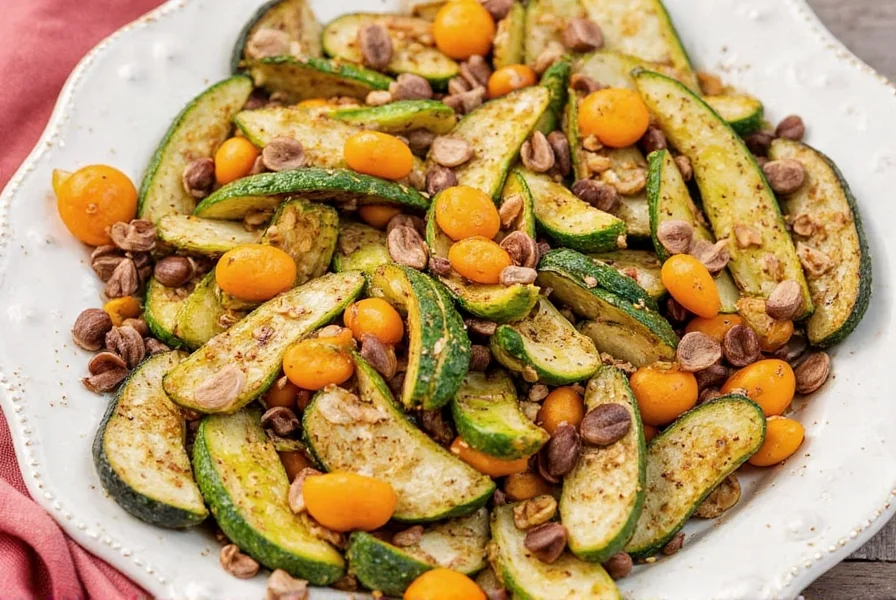
Frequently Asked Questions
What are the best spices for roasted vegetables?
The top 8 spices are smoked paprika, cumin, turmeric, oregano, garlic powder, thyme, rosemary, and chili powder. Each works best with specific vegetables: smoked paprika for root vegetables, turmeric for cruciferous veggies, and cinnamon for sweet potatoes. Always start with small amounts and adjust after roasting.
How much spice should I use for roasted vegetables?
Use 1/2 to 1 teaspoon of dried spices per pound of vegetables. For stronger spices like rosemary or cayenne, start with 1/4 teaspoon. Always coat vegetables with oil first to help spices adhere and prevent burning.
Should I add spices before or after roasting?
Add dried spices before roasting after coating with oil. This allows them to toast and develop flavor. Add fresh herbs, lemon juice, or vinegar after roasting to preserve their bright flavors. For delicate spices like garlic powder, add during the last 10 minutes of cooking to prevent burning.
How do I prevent spices from burning?
Always coat vegetables with oil before adding spices. Keep oven temperature between 375-425°F (190-220°C). Avoid using excessive amounts of fine powders like garlic powder or cinnamon. For high-sugar spices, add them during the last 10-15 minutes of roasting.
Conclusion
Mastering spice combinations is the secret to transforming roasted vegetables from ordinary to extraordinary. By understanding which spices work best with different vegetables and following proper seasoning techniques, you can create consistently delicious dishes that impress every time. Remember: start simple, experiment with combinations, and trust your taste buds to guide you.
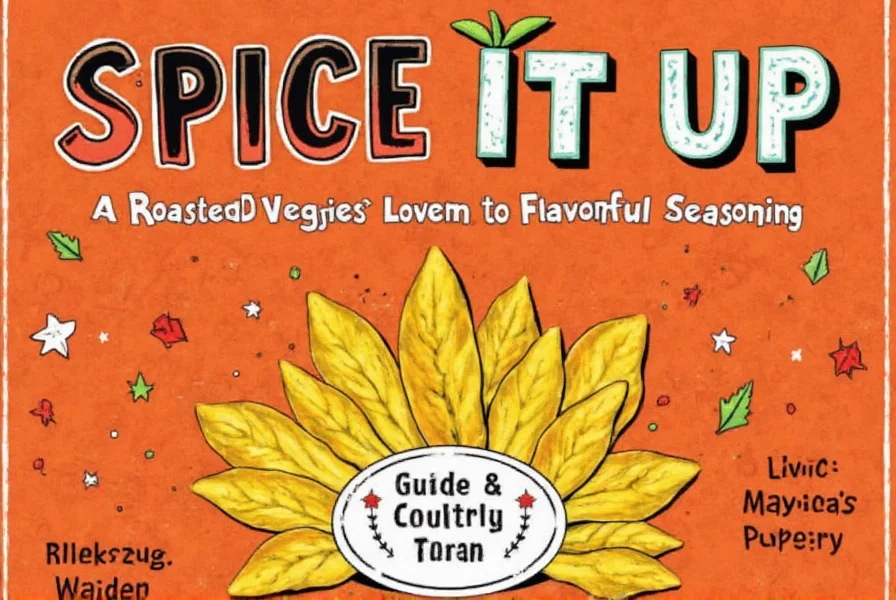

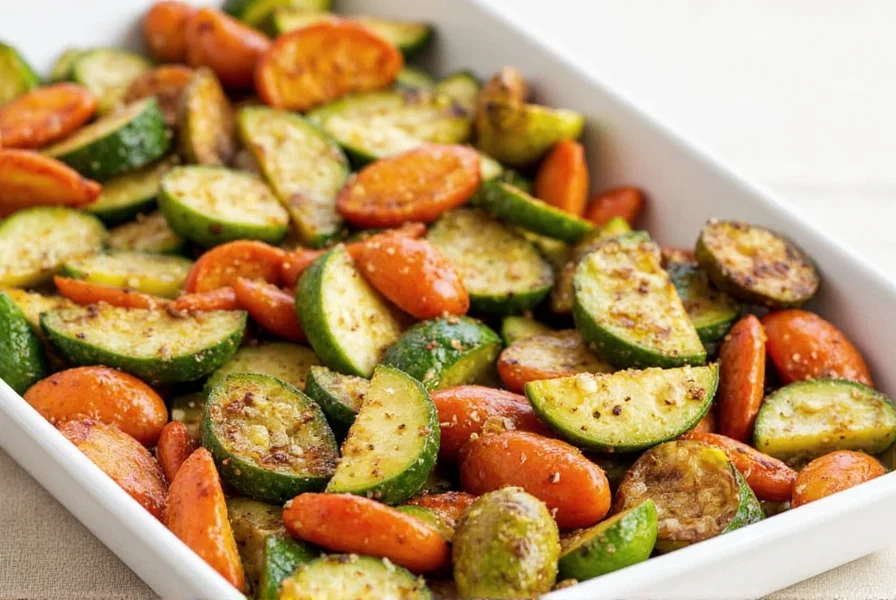









 浙公网安备
33010002000092号
浙公网安备
33010002000092号 浙B2-20120091-4
浙B2-20120091-4